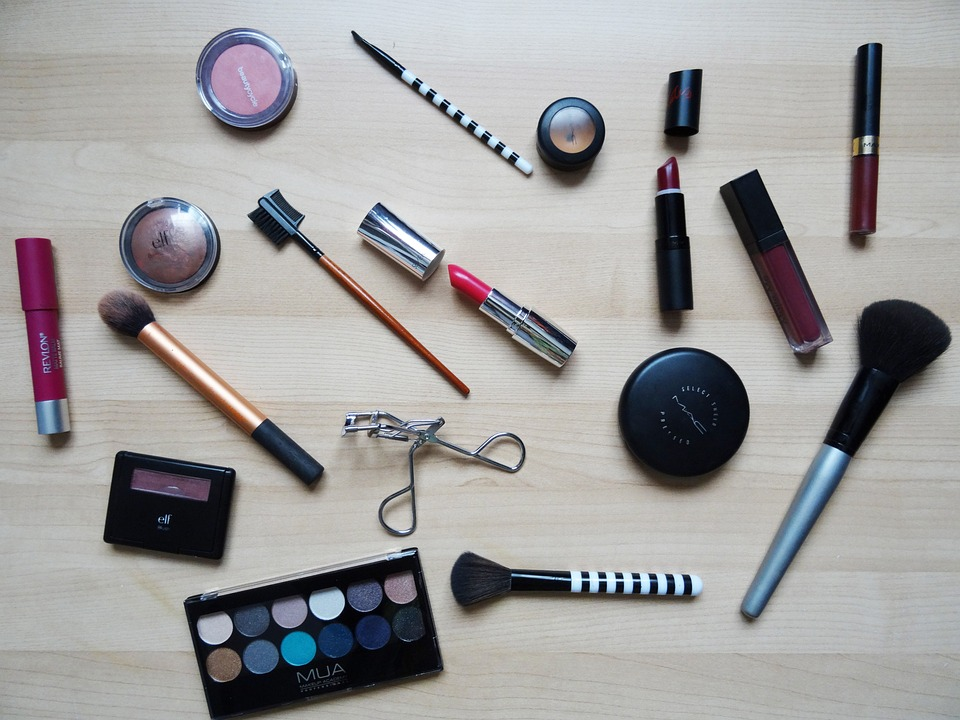This is a chemical compound that is a major component of something that is very familiar to us - alcohol, the common beverage.
In fact, ethanol is also called alcohol, ethyl alcohol, or grain alcohol.
It is colourless and flammable and has a molecular formula of C2H5OH.
Ethanol is the active ingredient in beverages such as beer, wine, and distilled spirits. It is produced naturally by the fermentation of sugar by yeast or via petrochemical processes such as ethylene hydration.
Ethanol is used in a wide range of cosmetics like hair styling products, foundations, perfumes and deodorants.
Ethanol is also there in paints, varnishes, lacquers, and pharmaceutical products, of course, in various forms and degrees.
It is used in medical wipes, hand sanitisers, mouthwashes, and wound dressings to prevent infections.
In motor vehicles, ethanol is used as a fuel or as a fuel additive. It can be blended with gasoline to form gasohol, which reduces carbon monoxide emissions and improves engine performance.
Ethanol has a very low freezing point of -114°C (-173°F), which makes it suitable for preserving specimens and organisms that require low temperatures.
Image from Pixabay
The information provided in this post has been obtained from multiple, authentic resources. However, it is presented in an abridged format and might not have all the details. Therefore, before acting on any information, readers are requested to exercise caution and do further research.
This post is a part of #BlogchatterA2Z 2023. I am also on A2Z April Challenge.


I think this is one many of us are familiar with.
ReplyDeleteYes, indeed.
DeleteIt is used as a topical agent to prevent skin infection.
ReplyDeleteYes, that's right
DeleteA professor once told me that some chemists just like to imbibe it, since you can't have moonshine without ethanol.
ReplyDeleteWow! This is a nice one!
DeleteAn additive is added to our petrol in the outback to stop indigenous children from sniffing petrol with ethanol to get high.
ReplyDeleteYes, preserving bodies is one use of formalin, the liquid version of formaldehyde.
DeleteYet another familiar chemical!! Well researched posts Pradeep! Good going!
ReplyDeleteHi Archana - Thank you. :-)
DeleteOkay, I maybe had an experience or two with ethanol in college in the form of grain alcohol. If mixed with something like Hawaiian Punch, you can't taste it, and that's very dangerous! :)
ReplyDelete